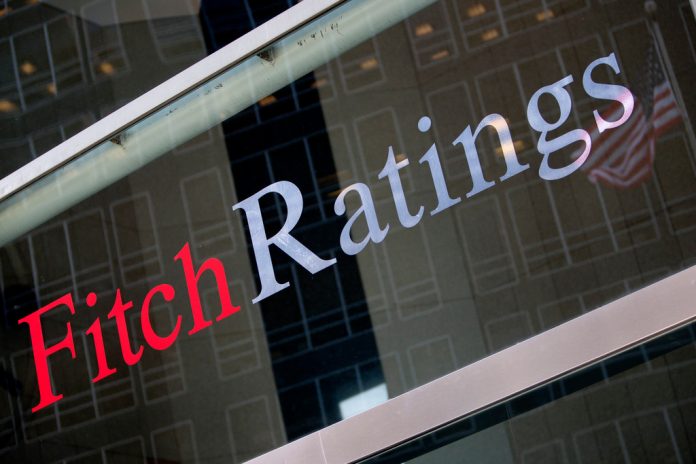
PROVIDENCE – Fitch Ratings assigned Rhode Island’s $149 million general obligation bonds an “AA” rating Wednesday and said the state’s economic outlook is stable.
Fitch noted the rating was based on the state’s “conservative and prudent fiscal management and a moderate long-term liability position.”
According to Fitch, “AA” ratings denote expectations of very low default risk. They indicate very strong capacity for payment of financial commitments. Fitch determines in this scenario the state’s capacity is not significantly vulnerable to foreseeable events.
The ratings company also noted the state’s positives were offset by “below average economic growth” and Rhode Island’s “particularly deep recession and tepid recovery.”
Despite this, the ratings agency sees moderate expansion for the state. It said the high concentration of universities in Rhode Island indicates potential for robust growth despite the population being older than the national median.
The report also noted while revenue collections and estimated tax payments were strong and exceeding estimates, the numbers could be driven by the recent tax bill that drove some to file early to avoid the elimination of certain tax deductions.
The report noted the budget also “aggressively assumes” the U.S. Supreme Court will legalize sports gambling in the U.S. and notes such a decision would likely generate $23.5 million for Rhode Island.
Fitch said Rhode Island general obligation bonds were driven by four major factors:
- A modest growth of revenue on a nominal basis. (Revenue framework: “a” rating).
- A solid expenditure flexibility and modest carrying costs. Expenses for the state are, in large part, driven by Medicaid. (Expenditure framework: “aa” rating)
- Rhode Island’s long-term liabilities were said to be moderate and above the national median for states. The state’s pension liability was said to be important even despite reductions in unfunded liabilities over the last 10 years. (Long-term liability: “aa” rating)
- The state was considered to have an “exceptionally strong gap-closing ability with wide-ranging budgetary management capabilities and a strong commitment to maintain a prudent reserve.” (Operating performance: “aaa” rating)
Moody’s Investors Service assigned the same general obligation bonds an “Aa2” rating, an equivalent rating to Fitch’s “AA” rating.
The service also sees the state’s outlook as stable with strong financial managing practices, but notes the demographics of the state are weak, the economy has lagged behind the national recovery and the state has high relative combined debt and pension liabilities.
Moody’s also provided guidance on how its credit rating could change in the future.
Factors that could cause the credit rating to improve:
- Further reduction of overall liability levels.
- Sustained economic improvement at least in line with national average based on various metrics including diversification and job growth.
Factors that could lead to a downgrade in rating:
- A deterioration of the state’s liquidity position accompanied by worsening reserve and balance sheet position.
- A return to budgeting practices that rely on significant nonrecurring resources.
Chris Bergenheim is the PBN web editor.










